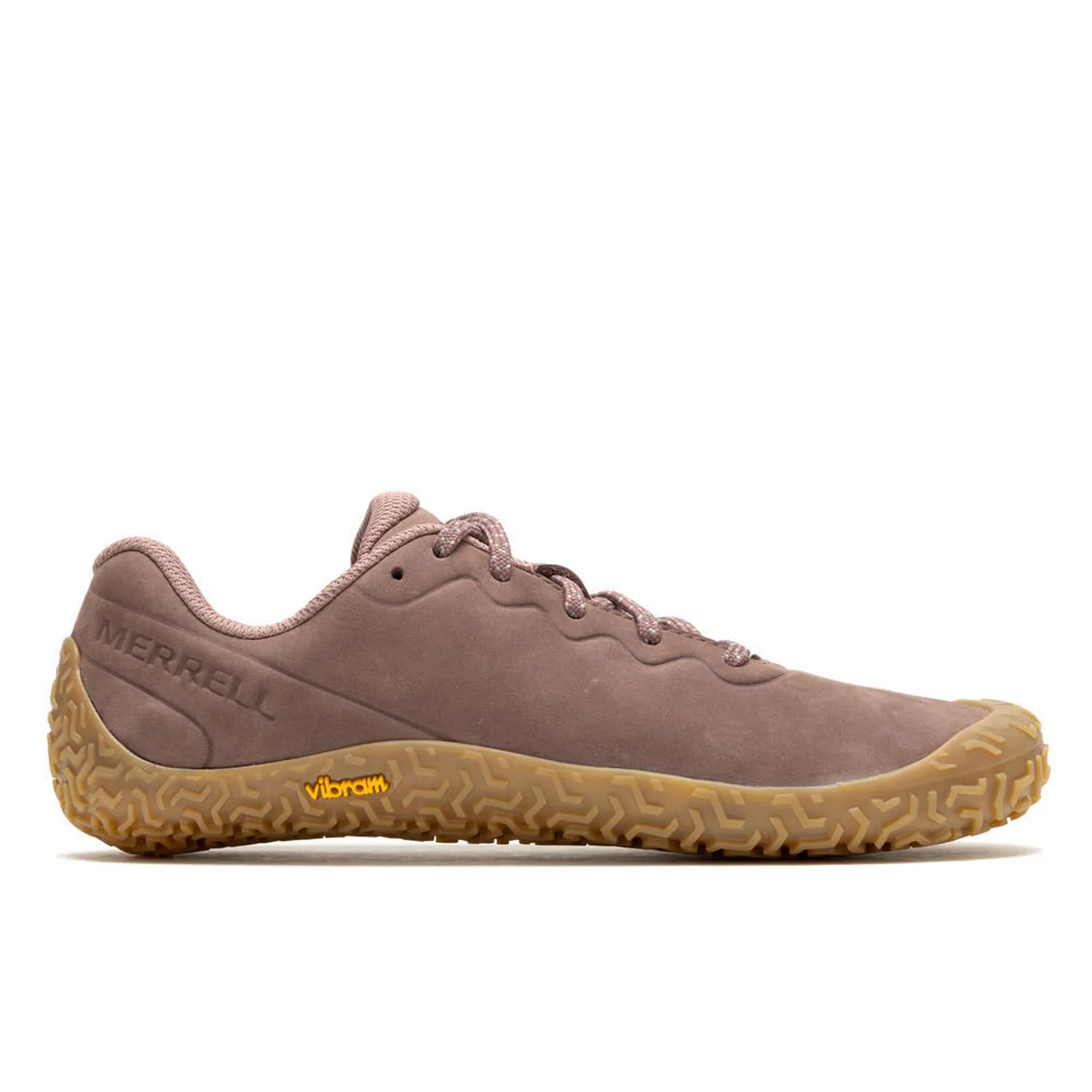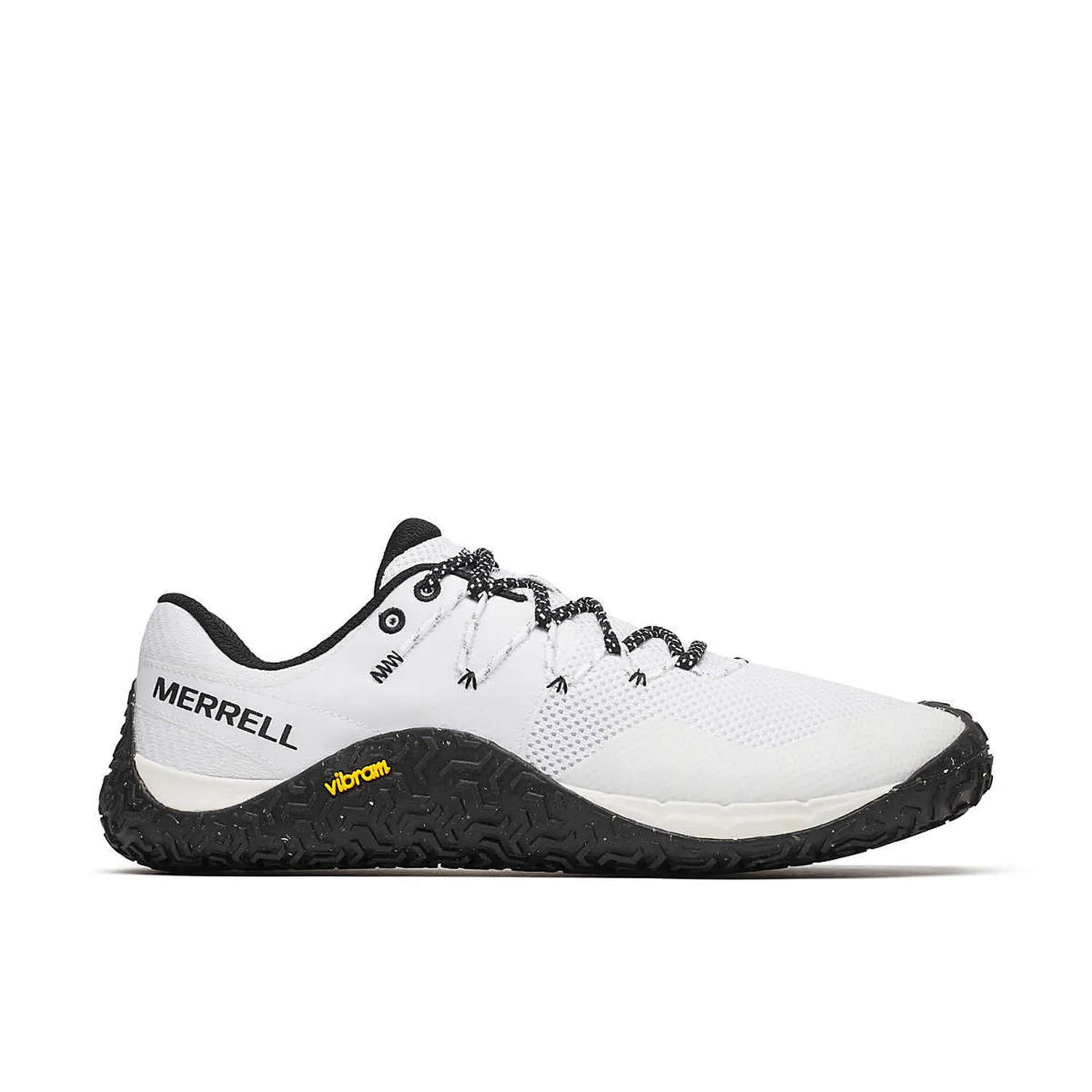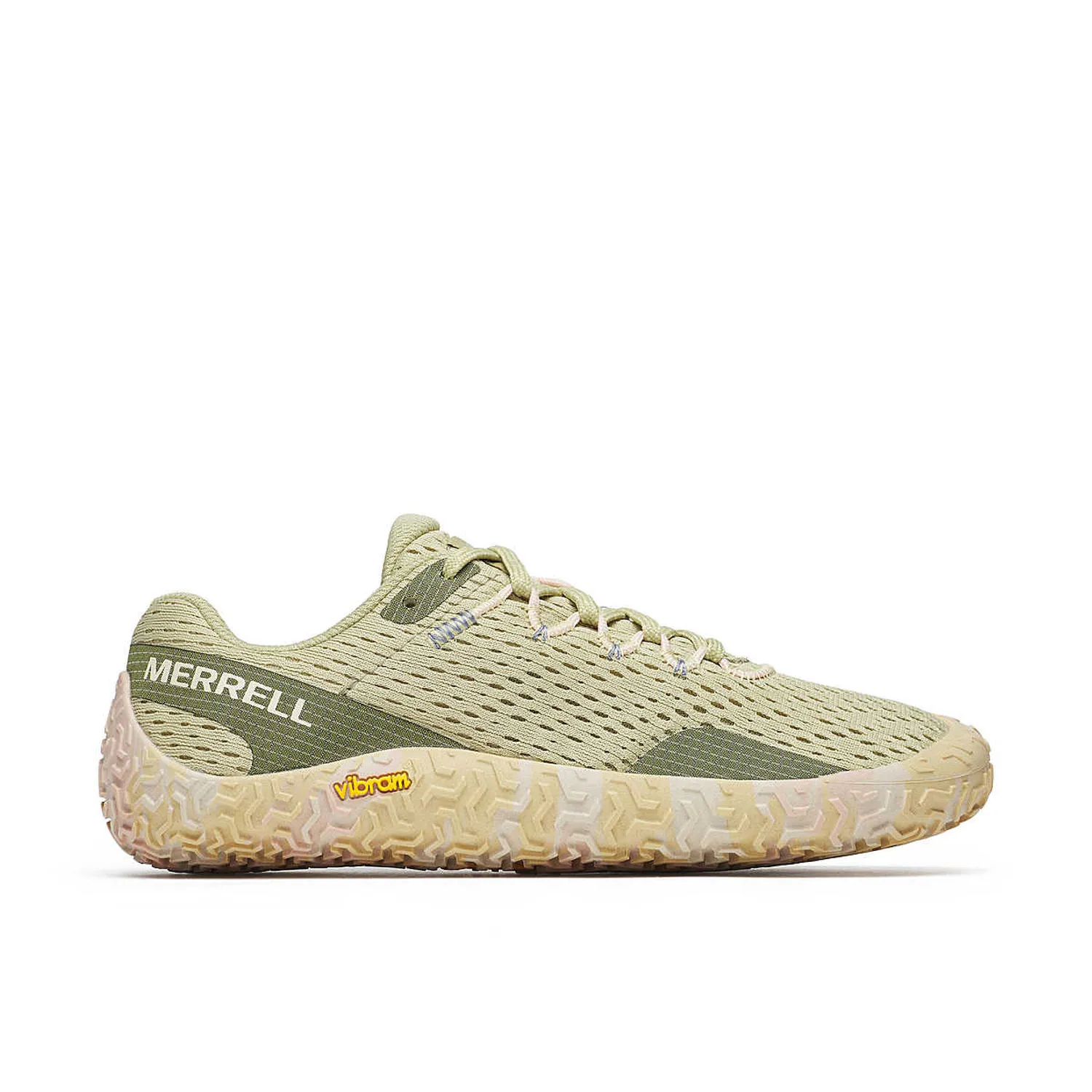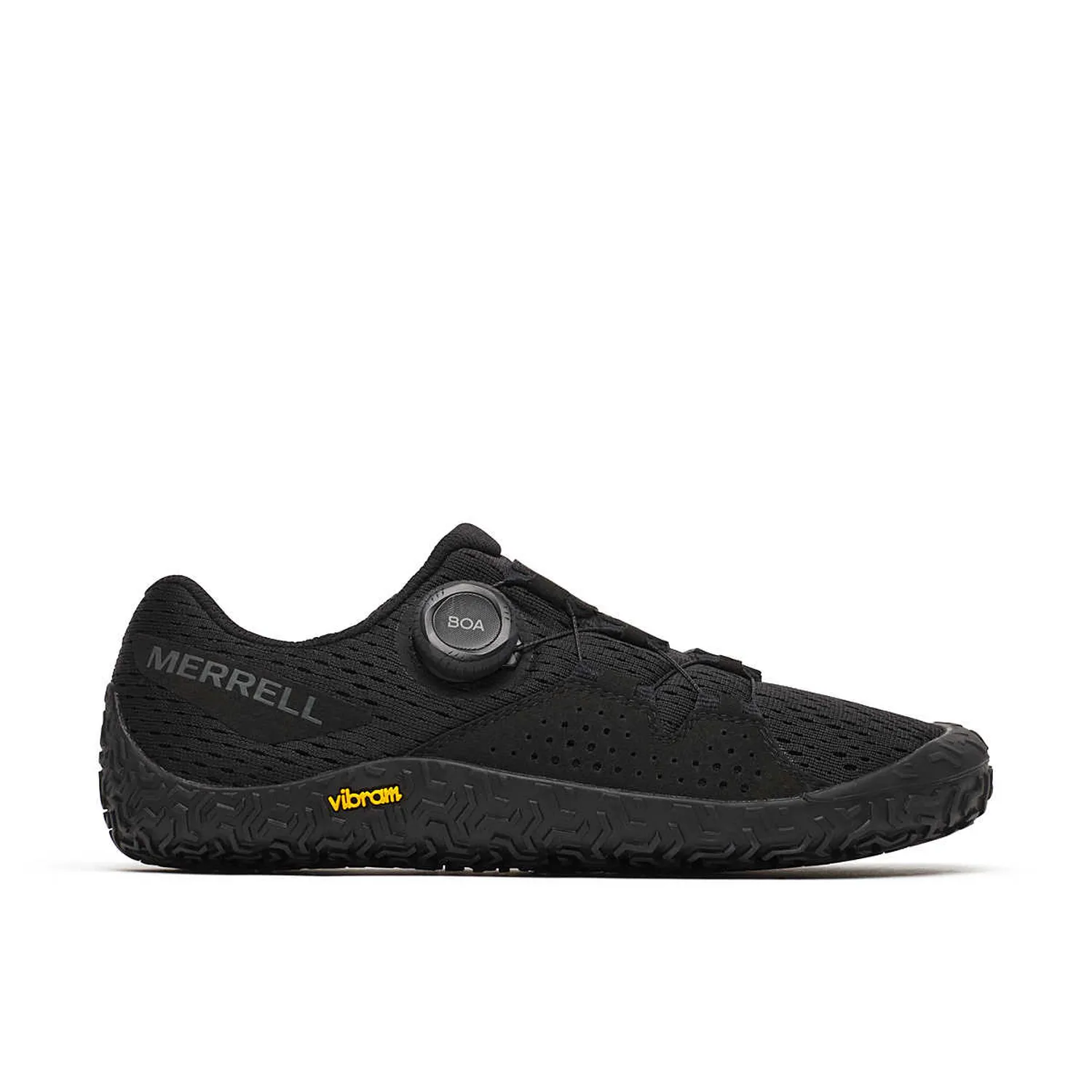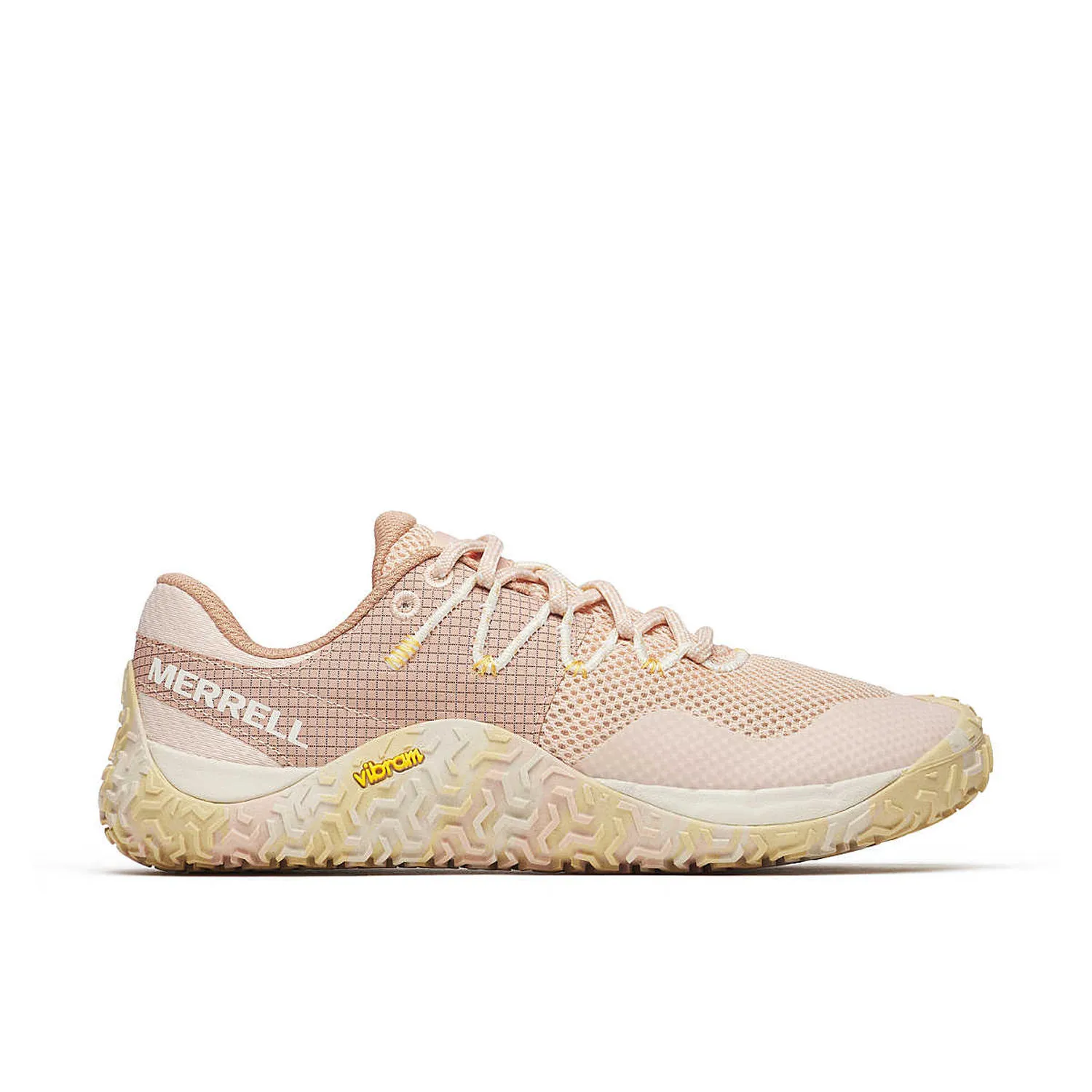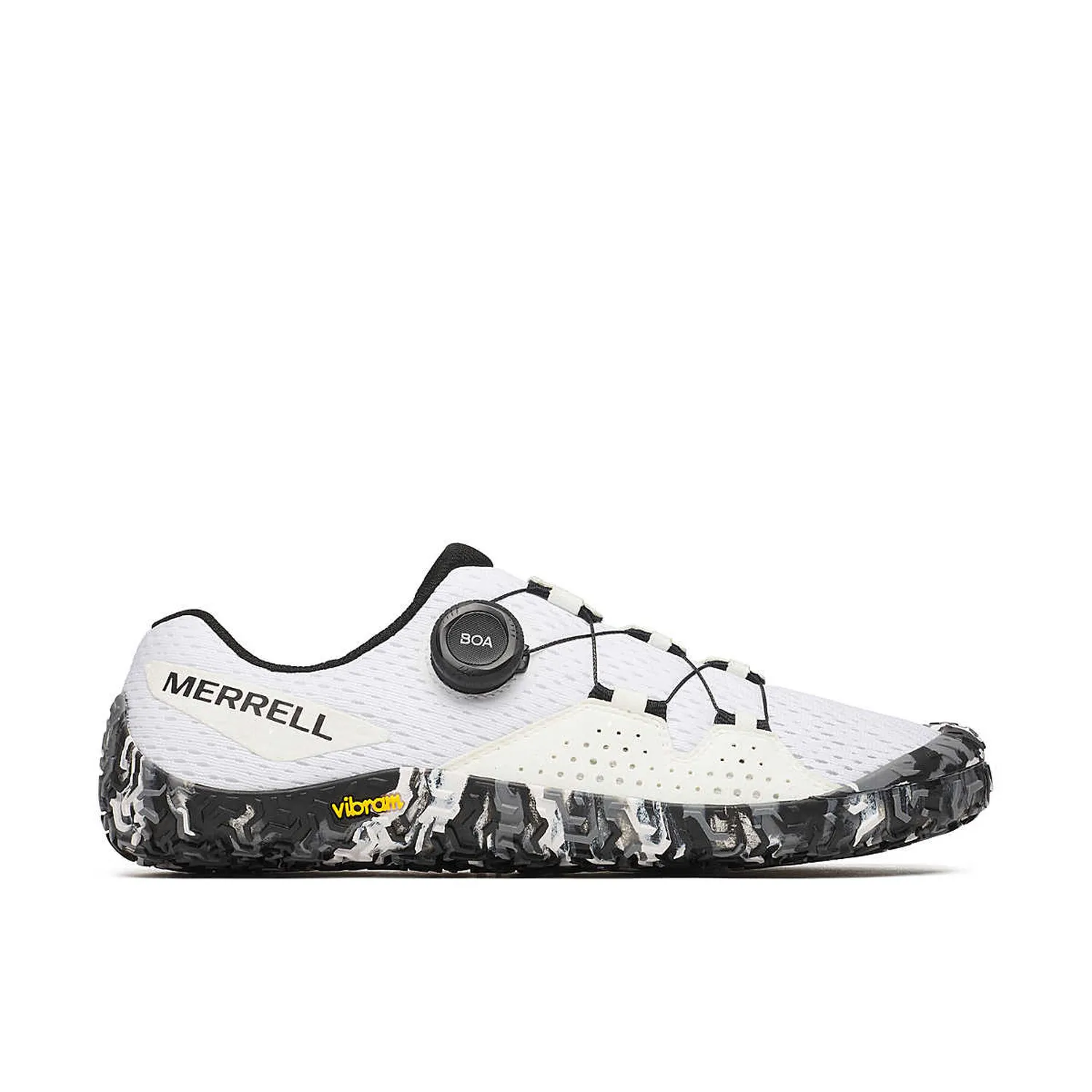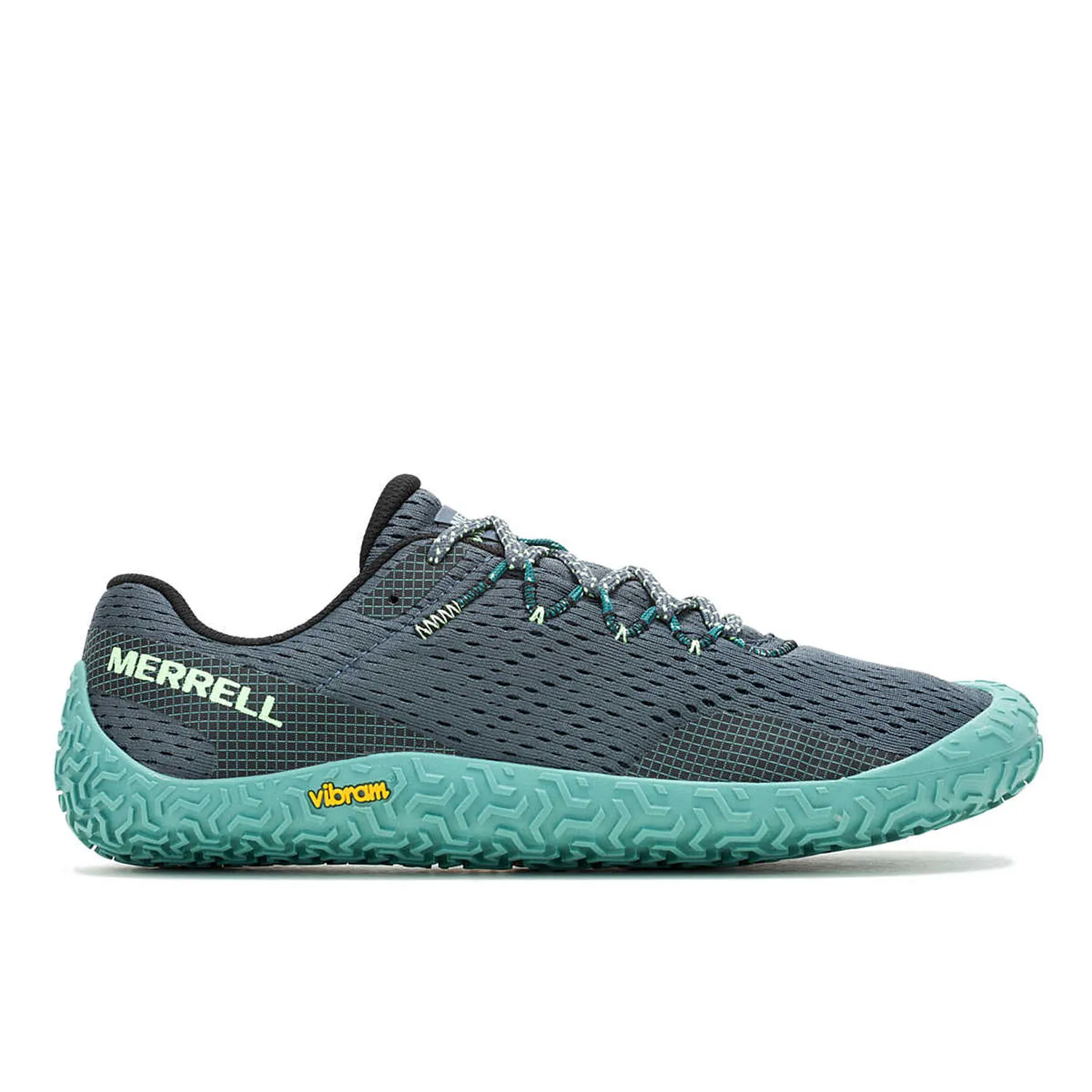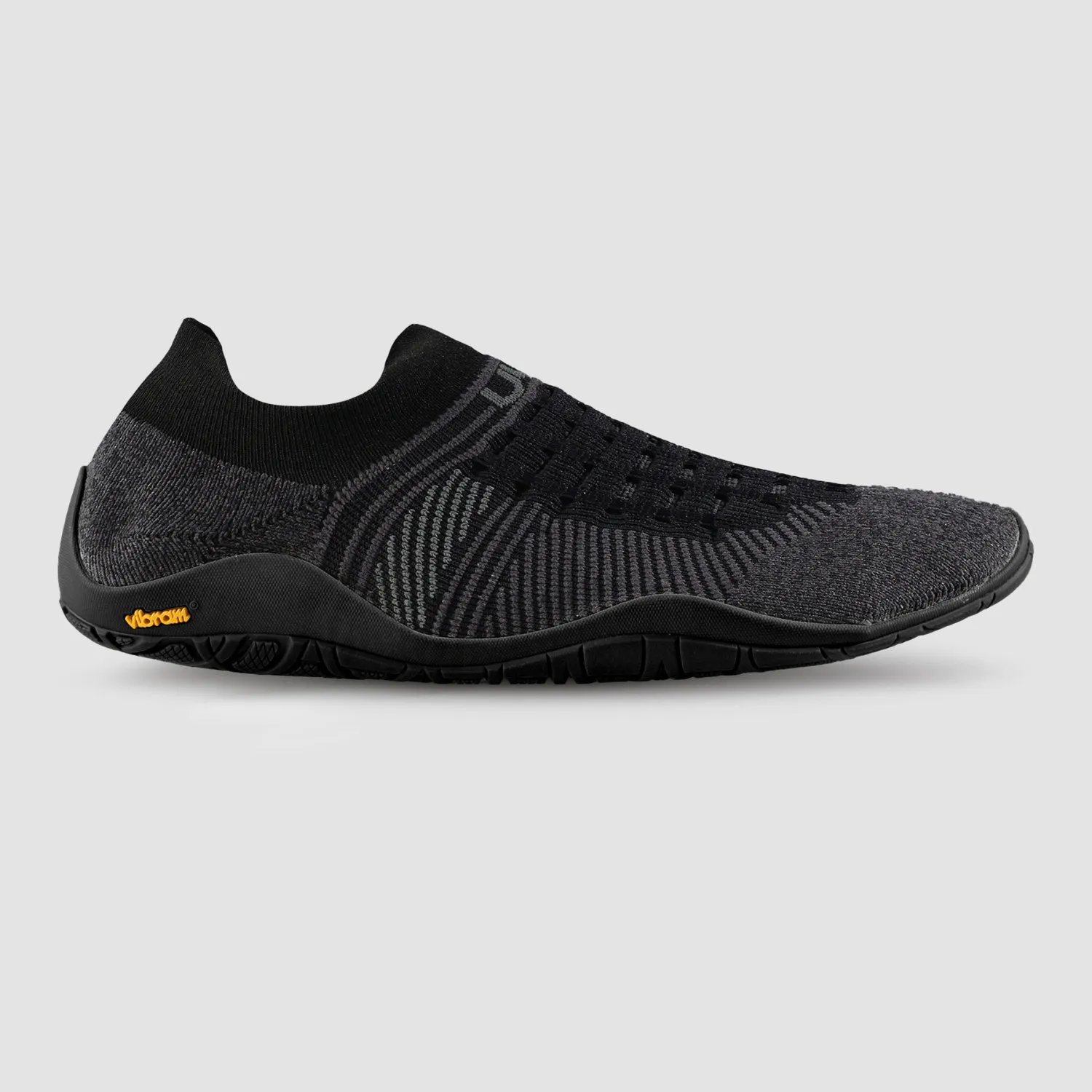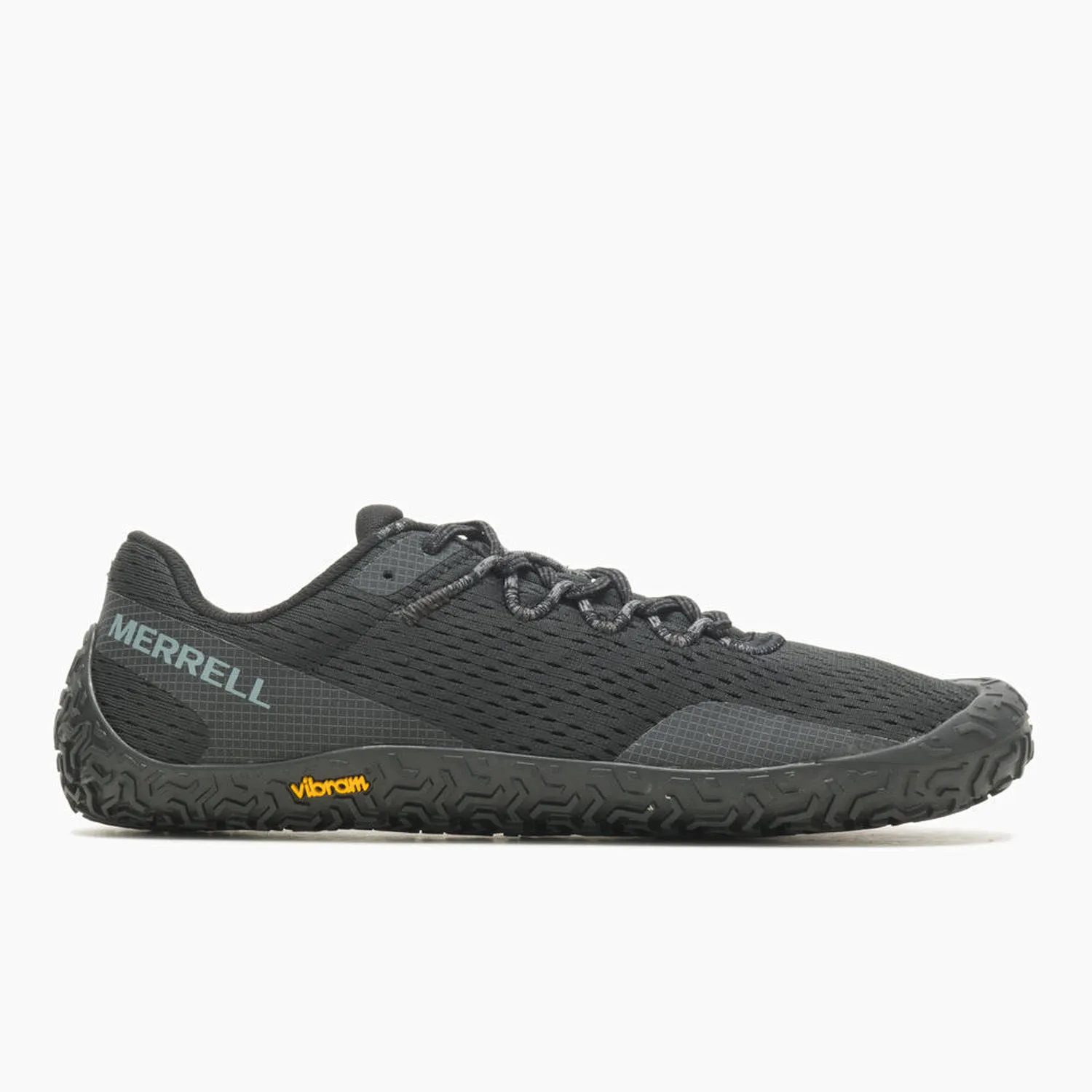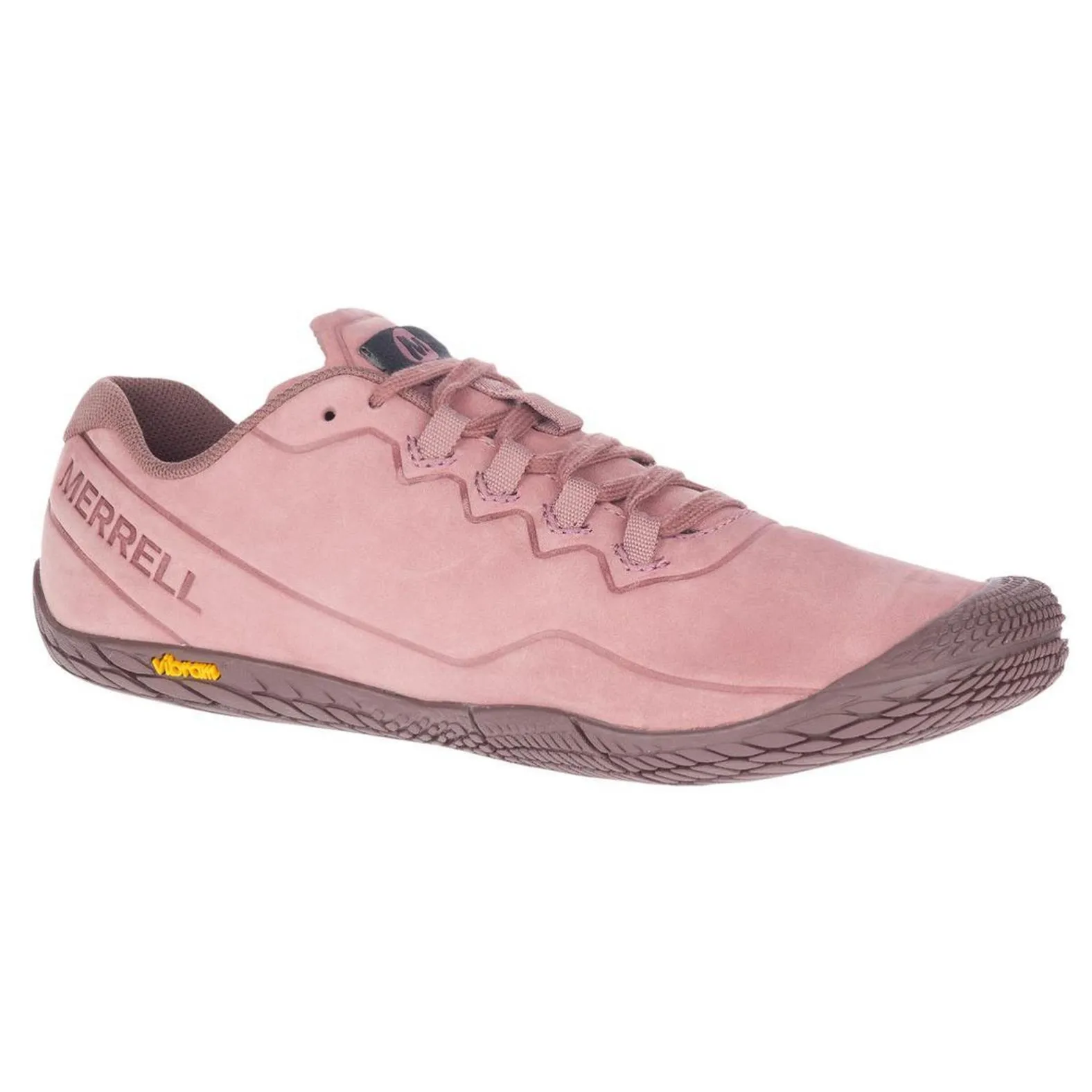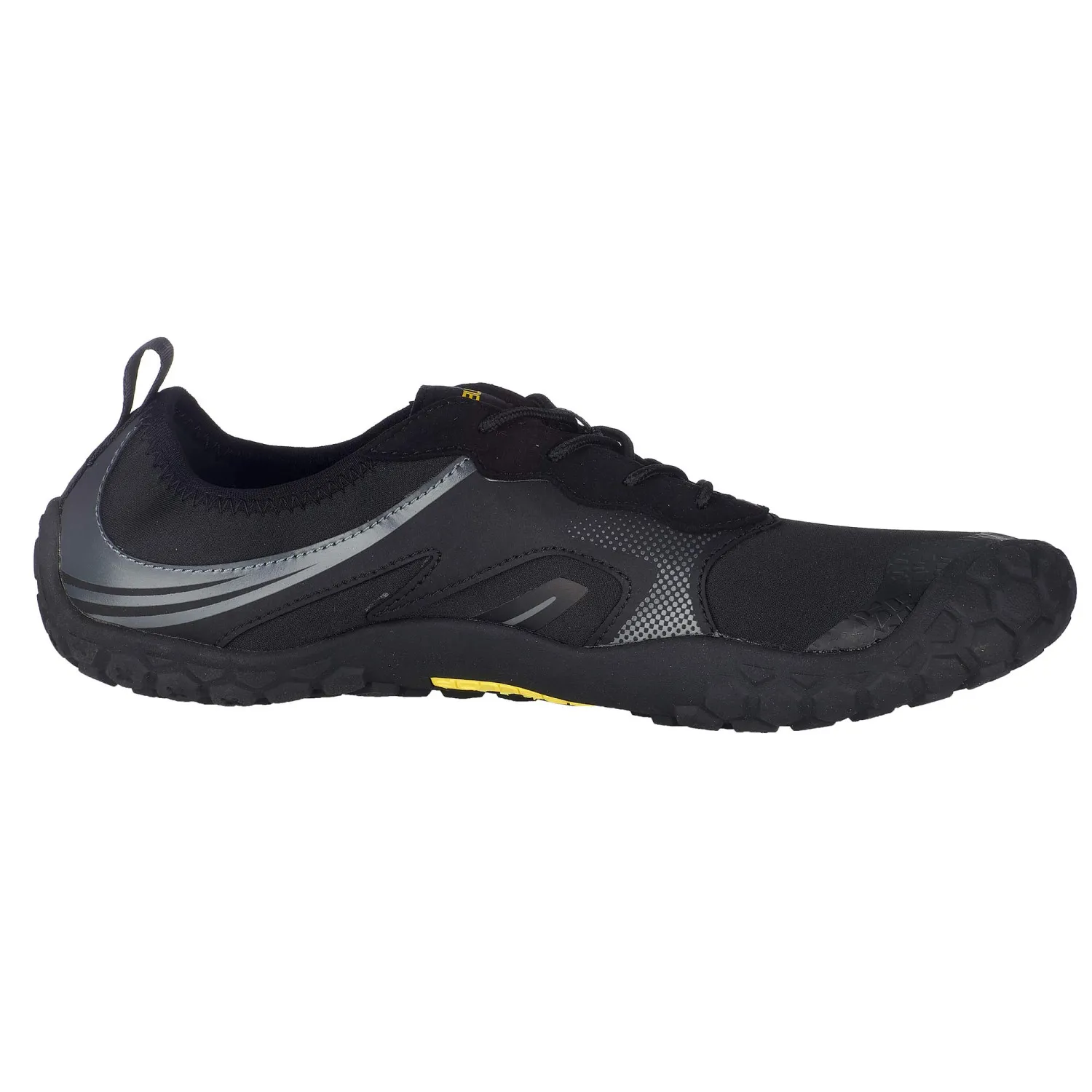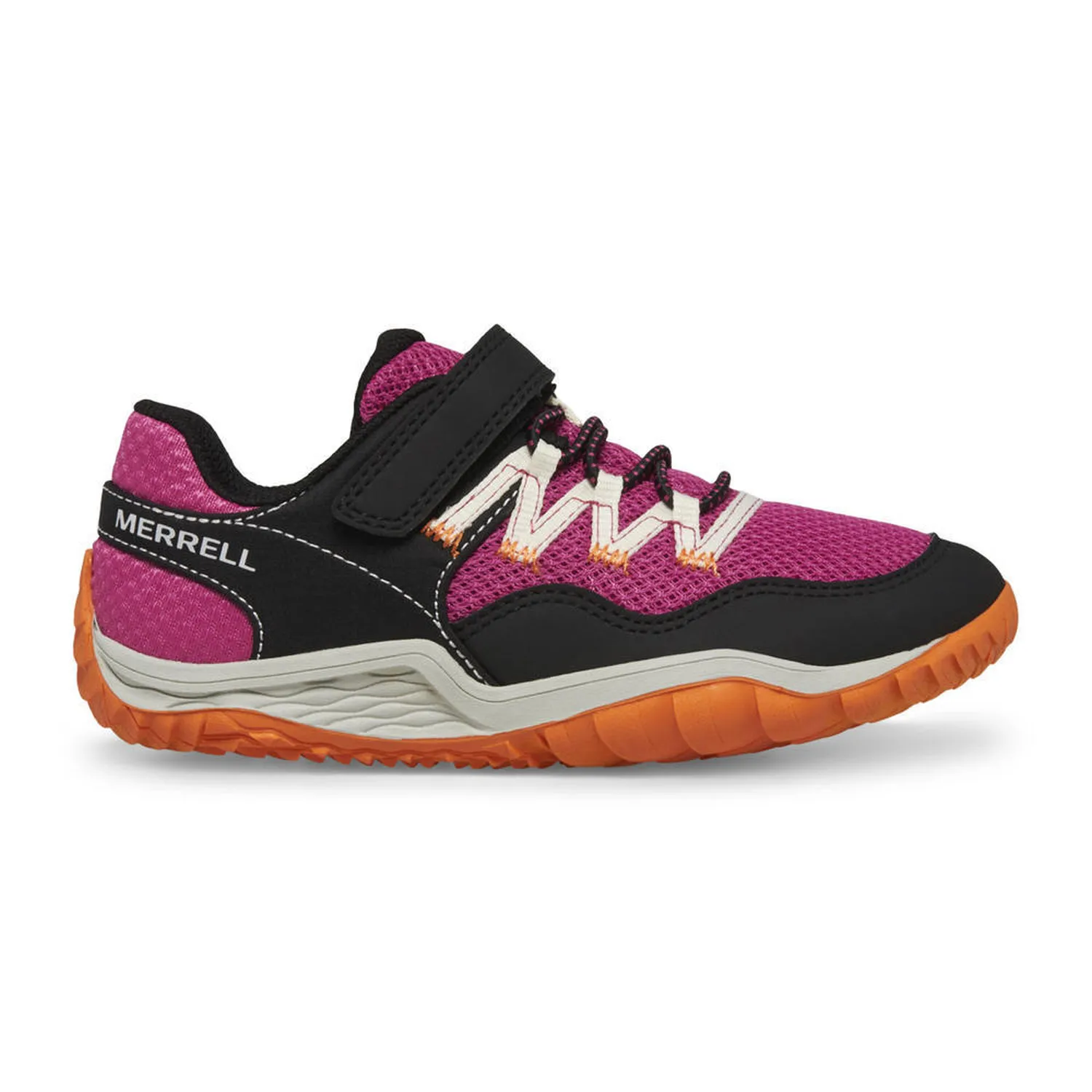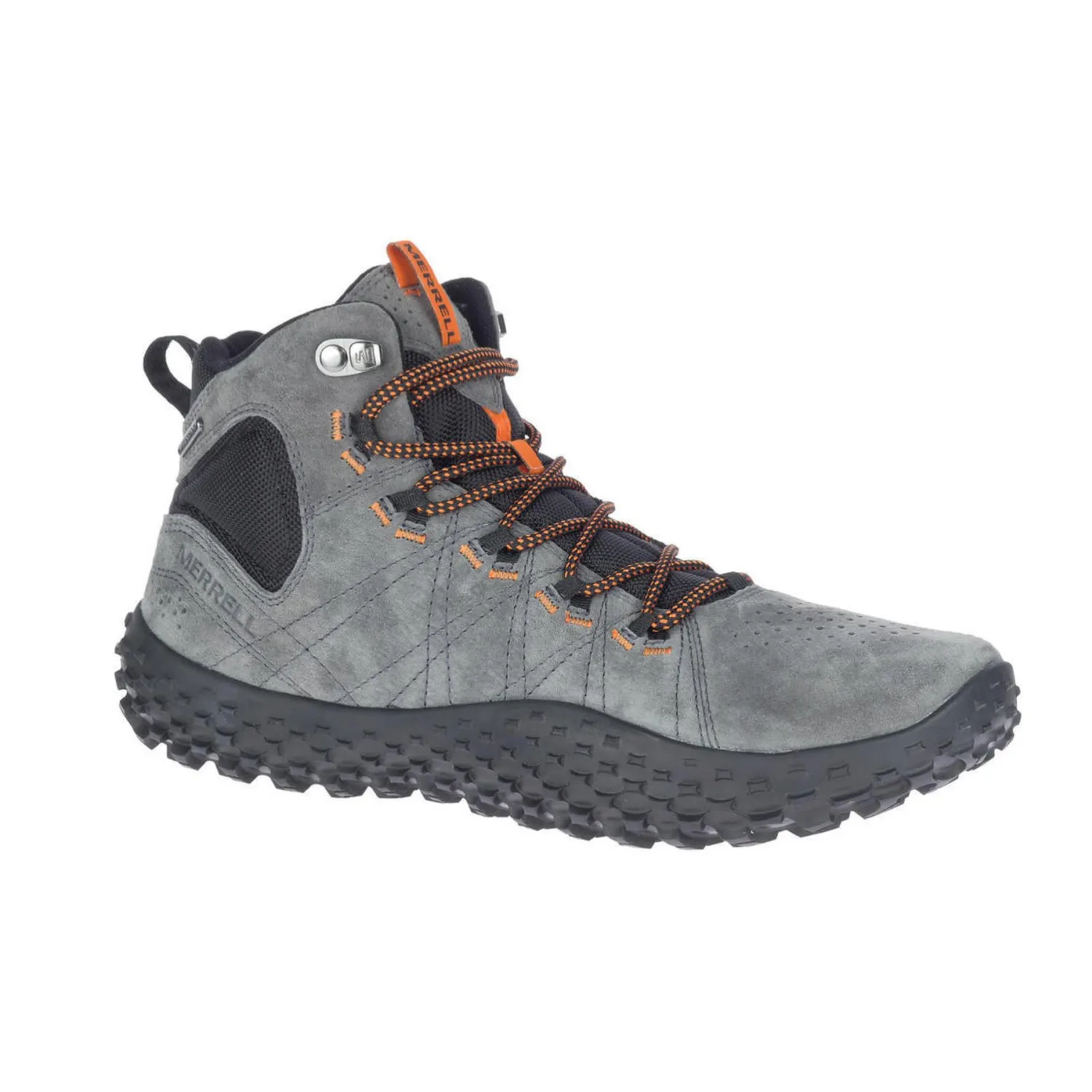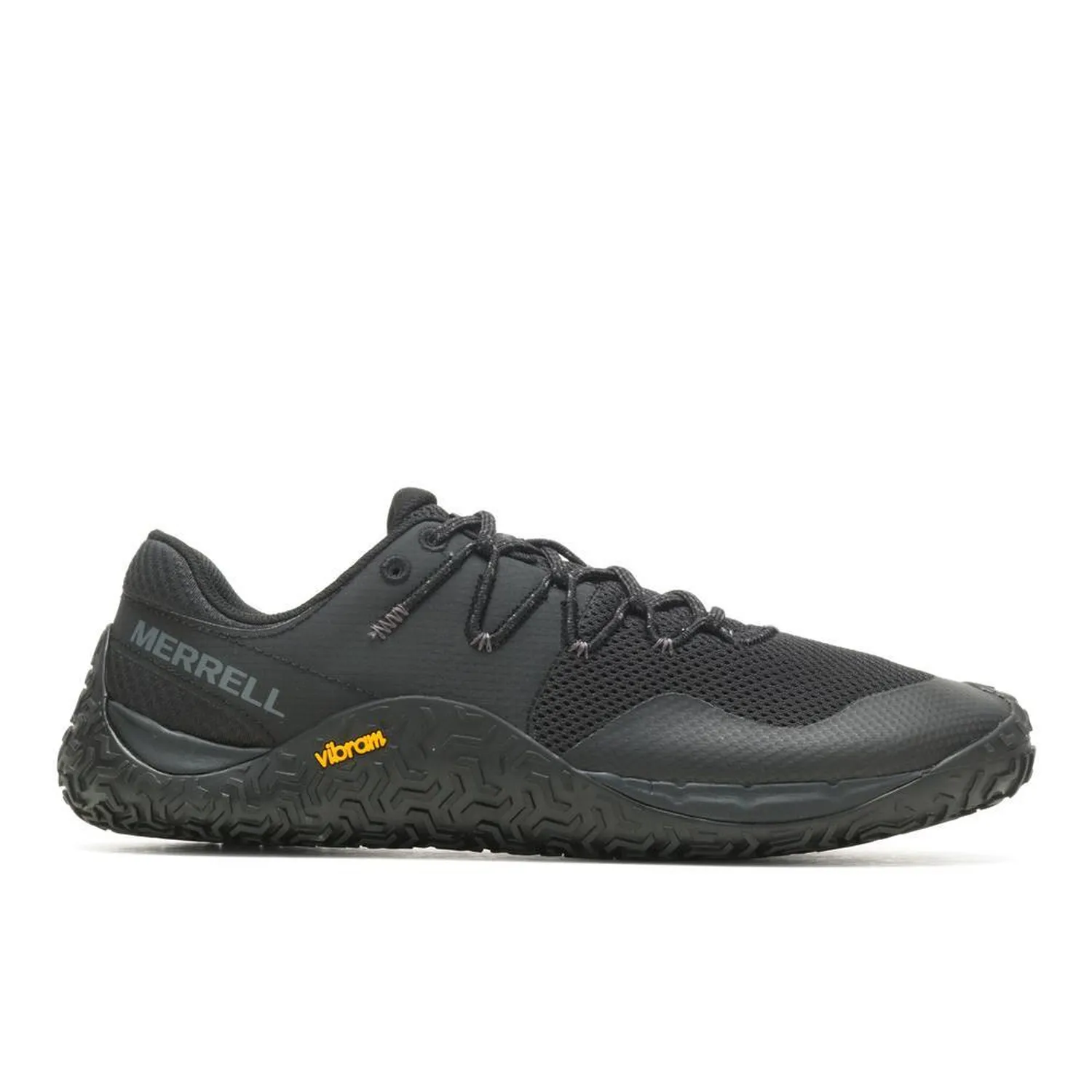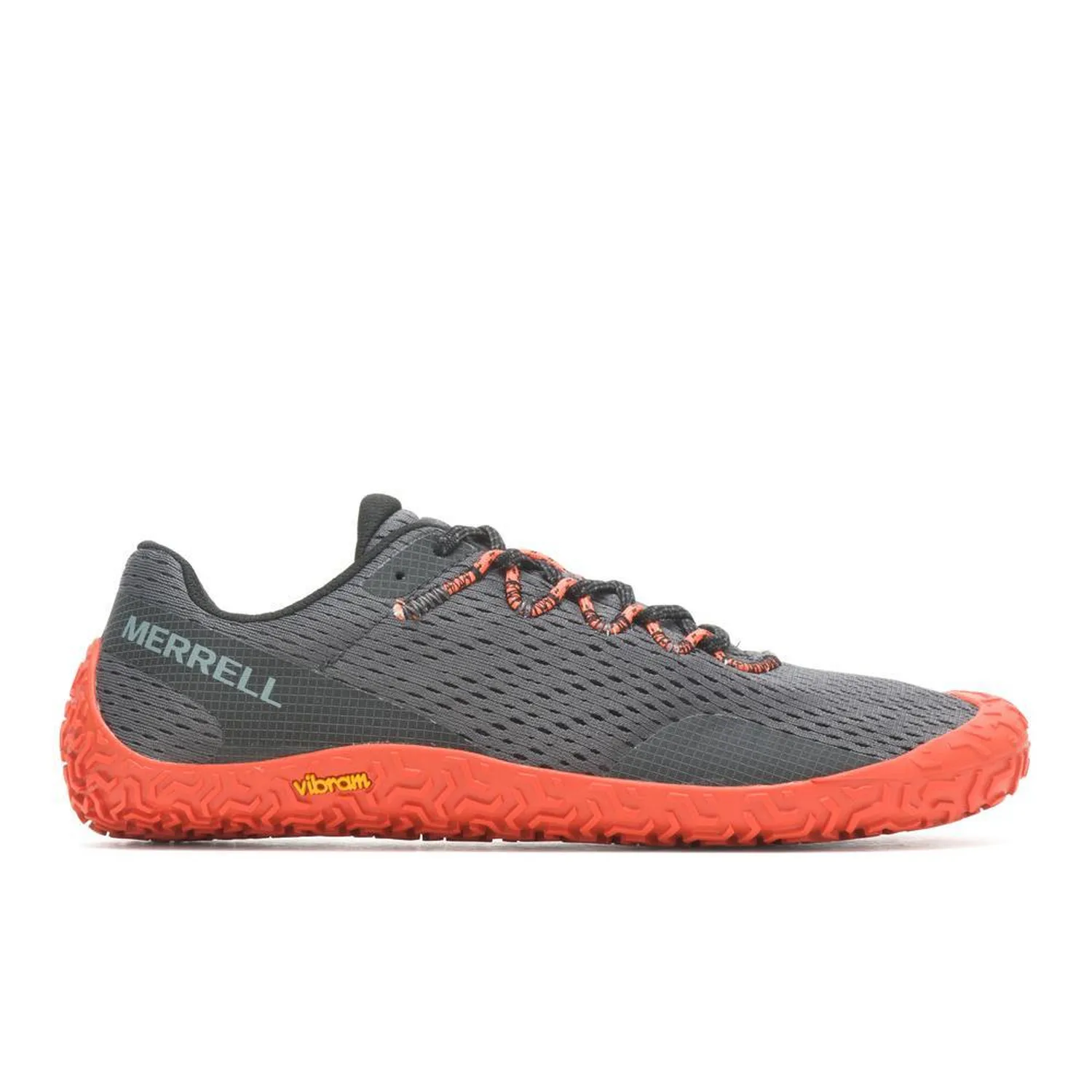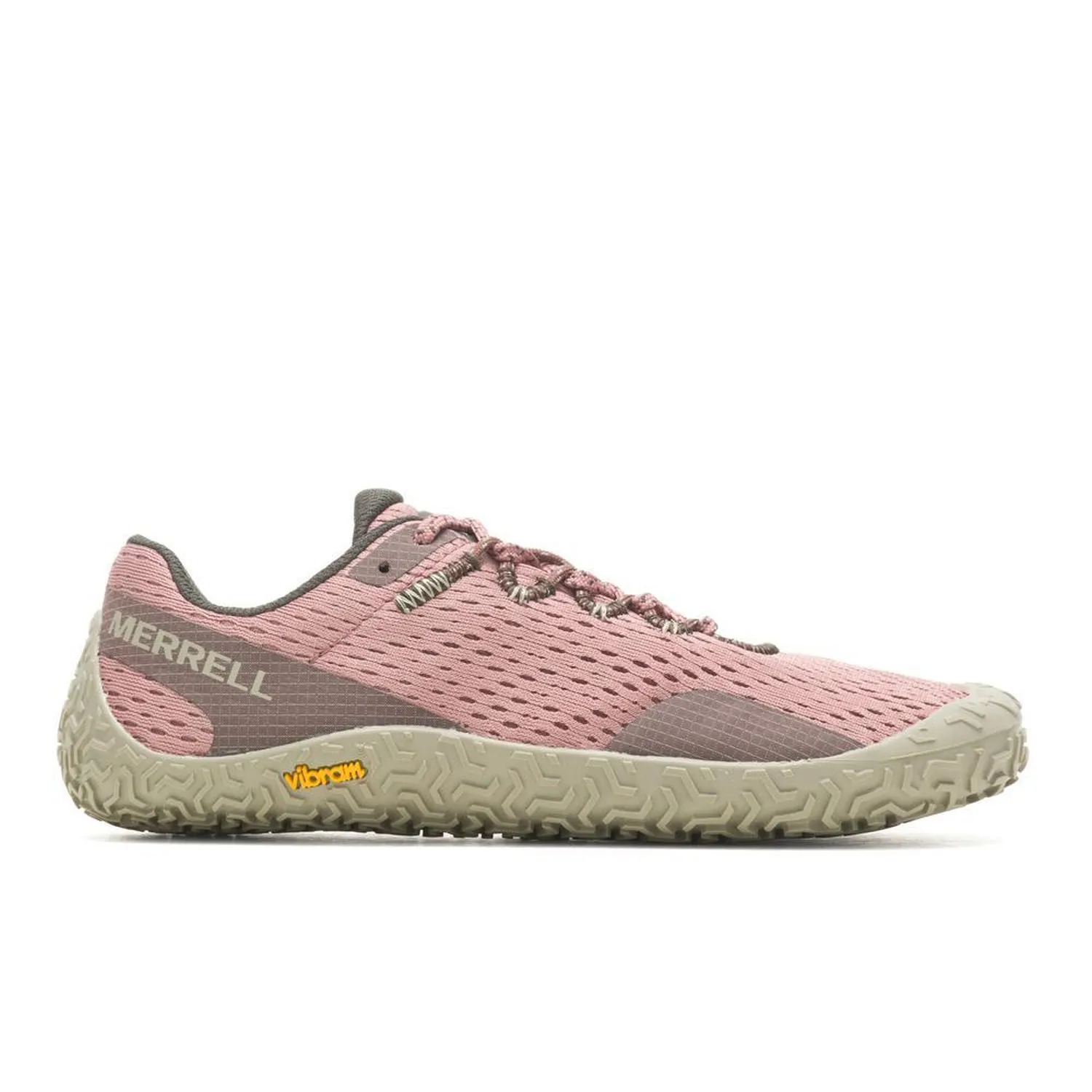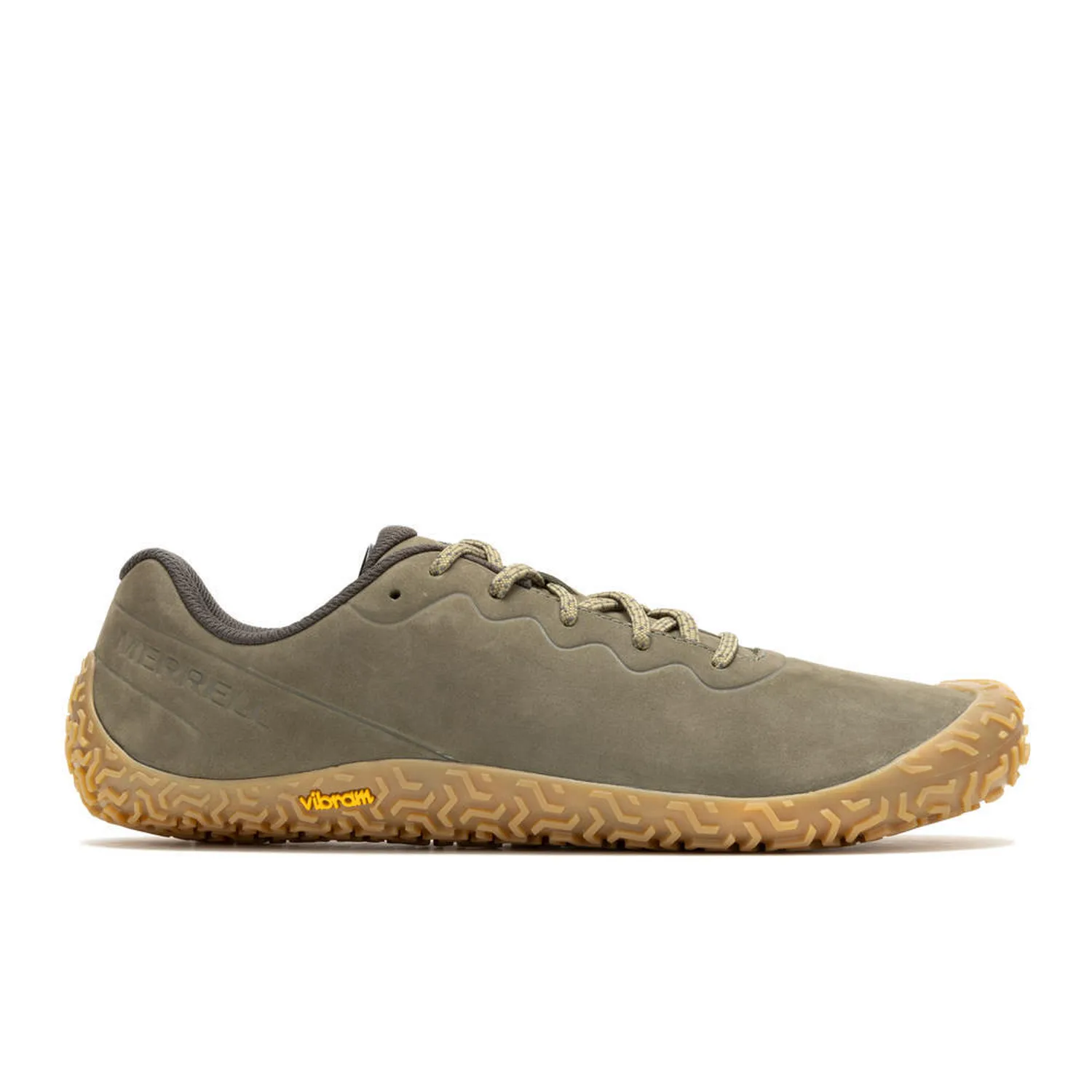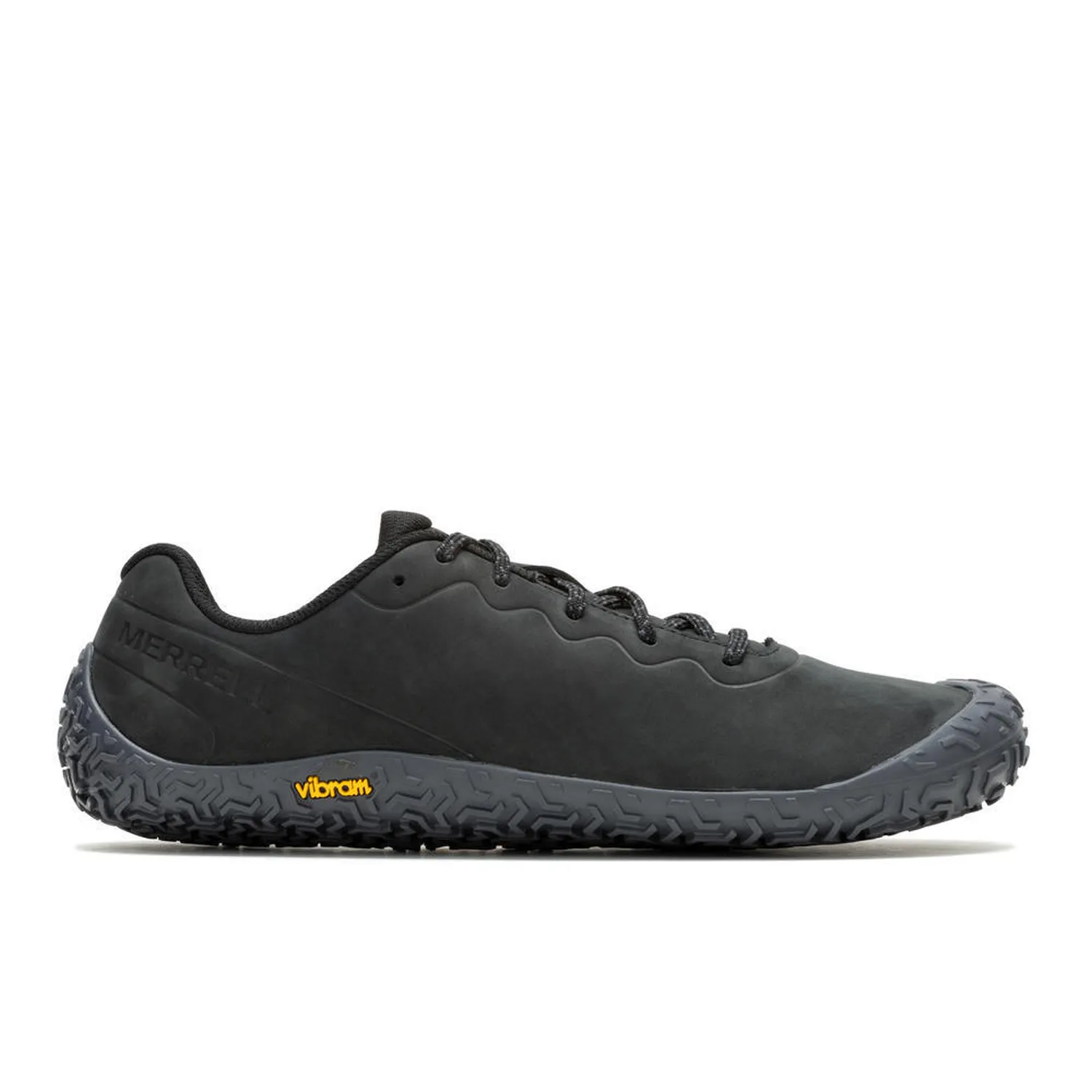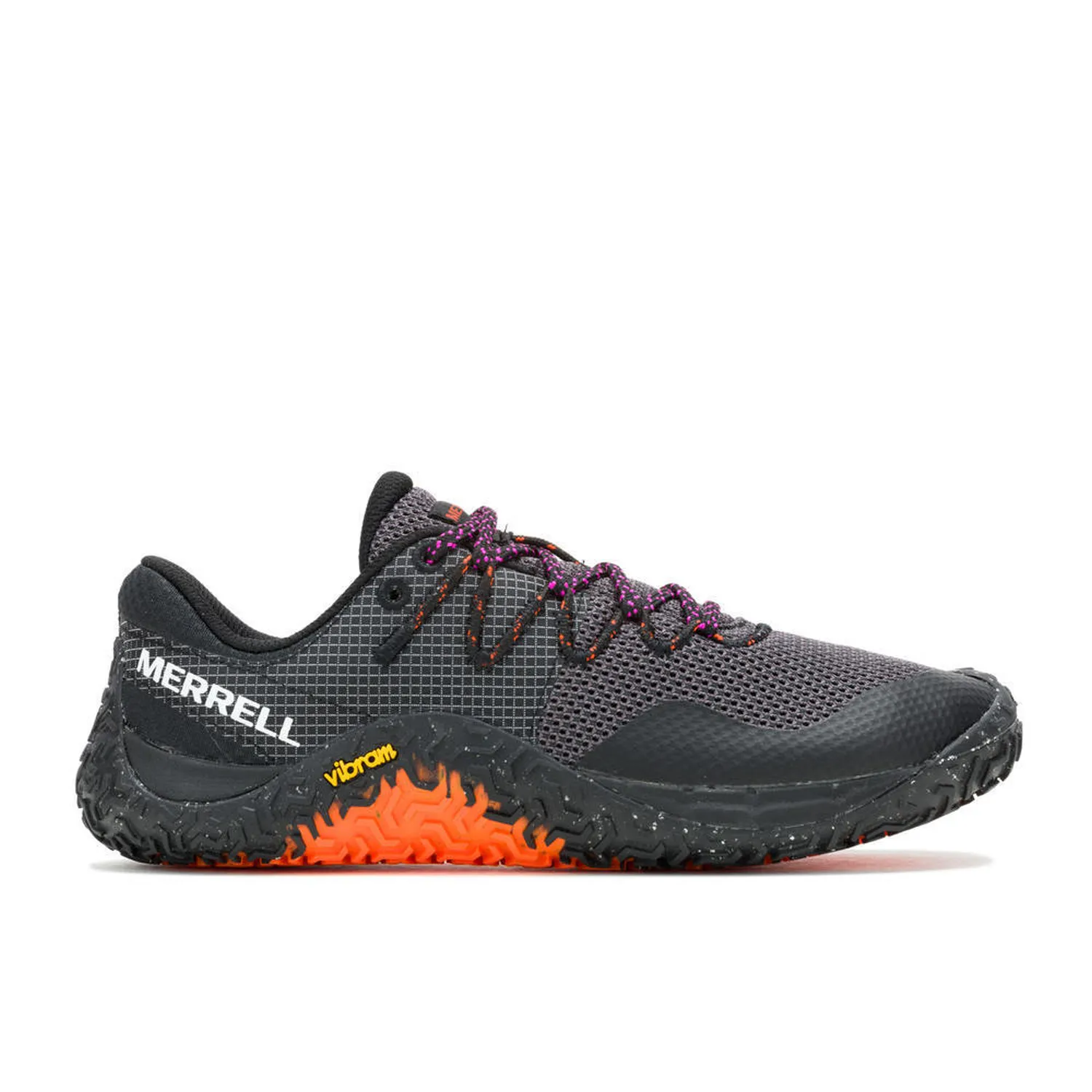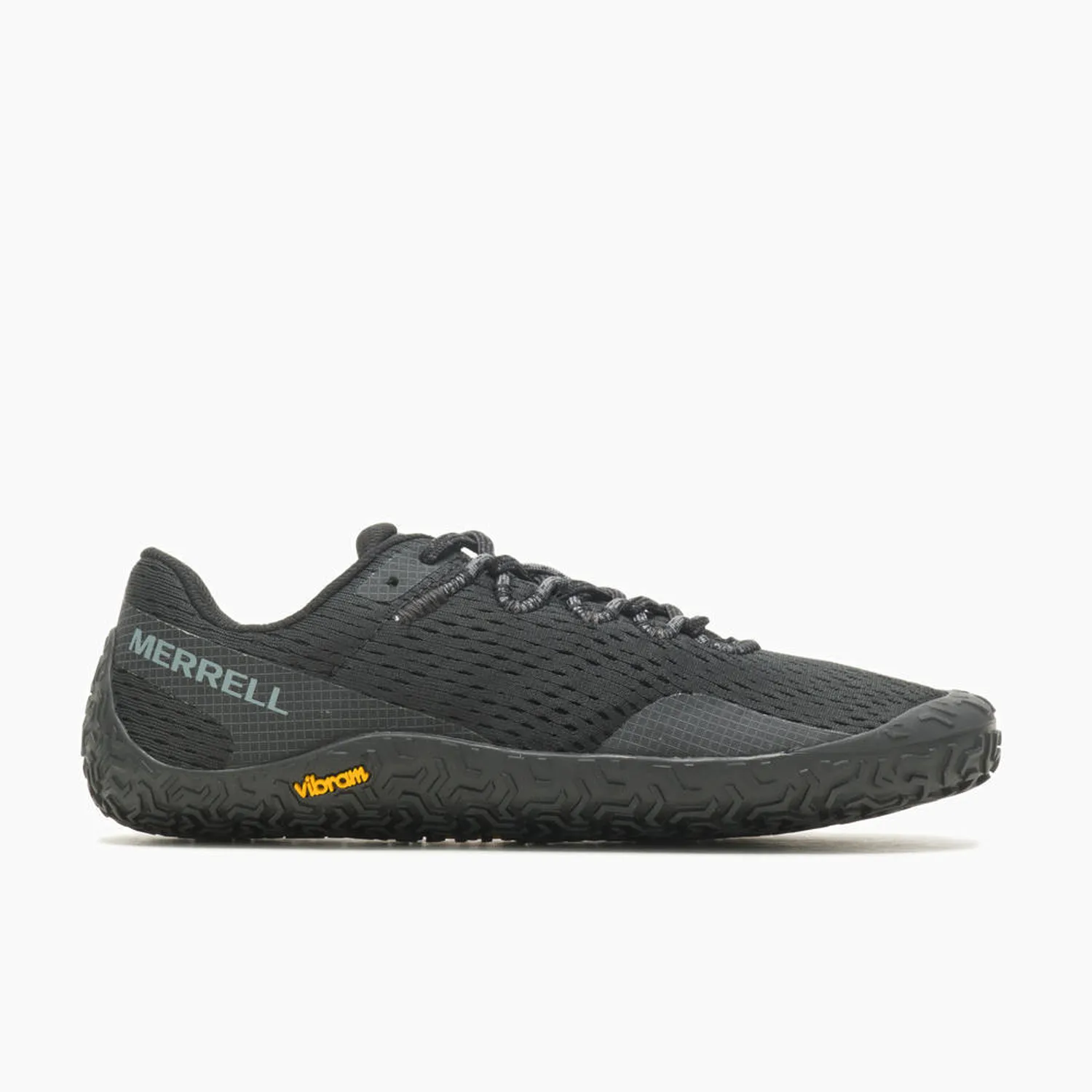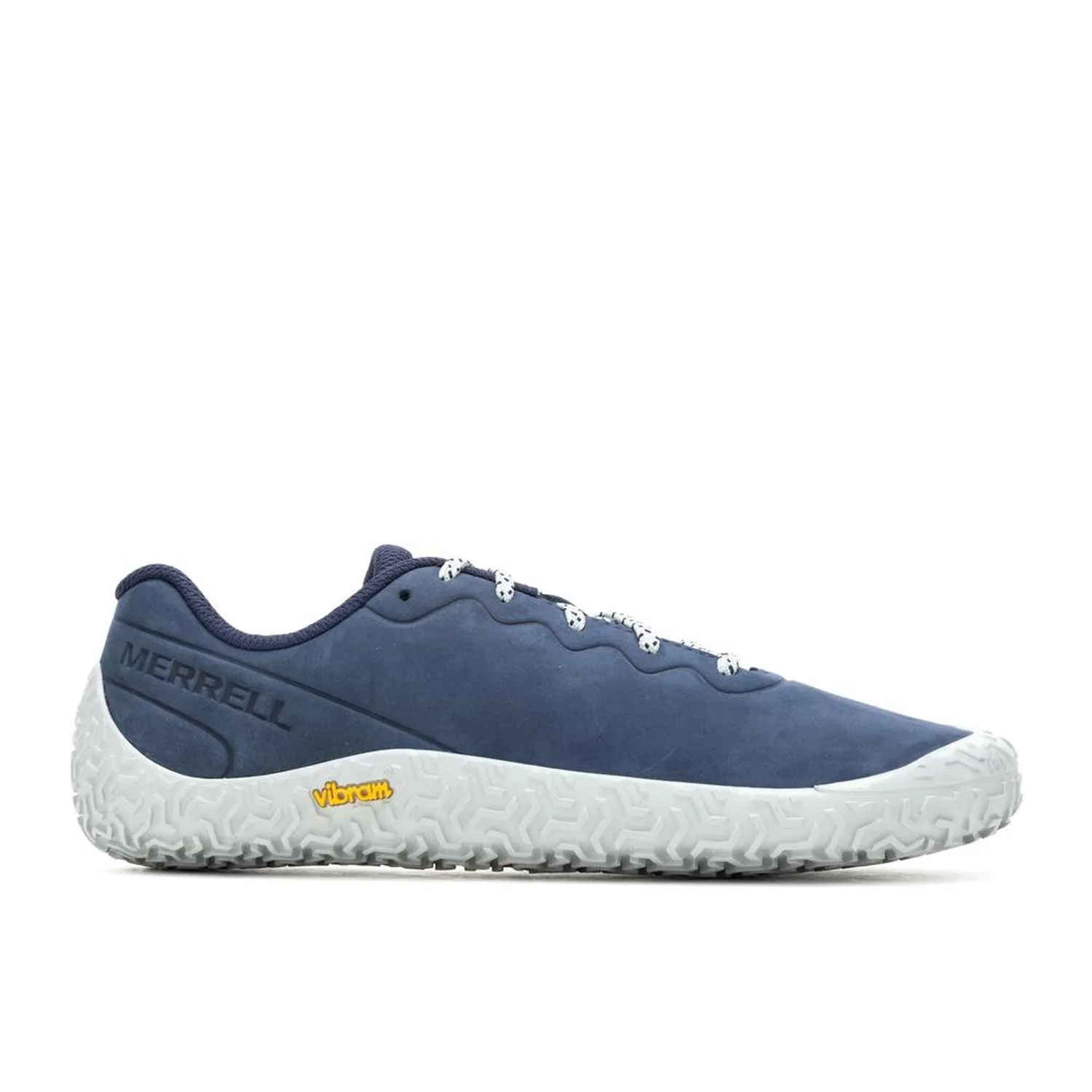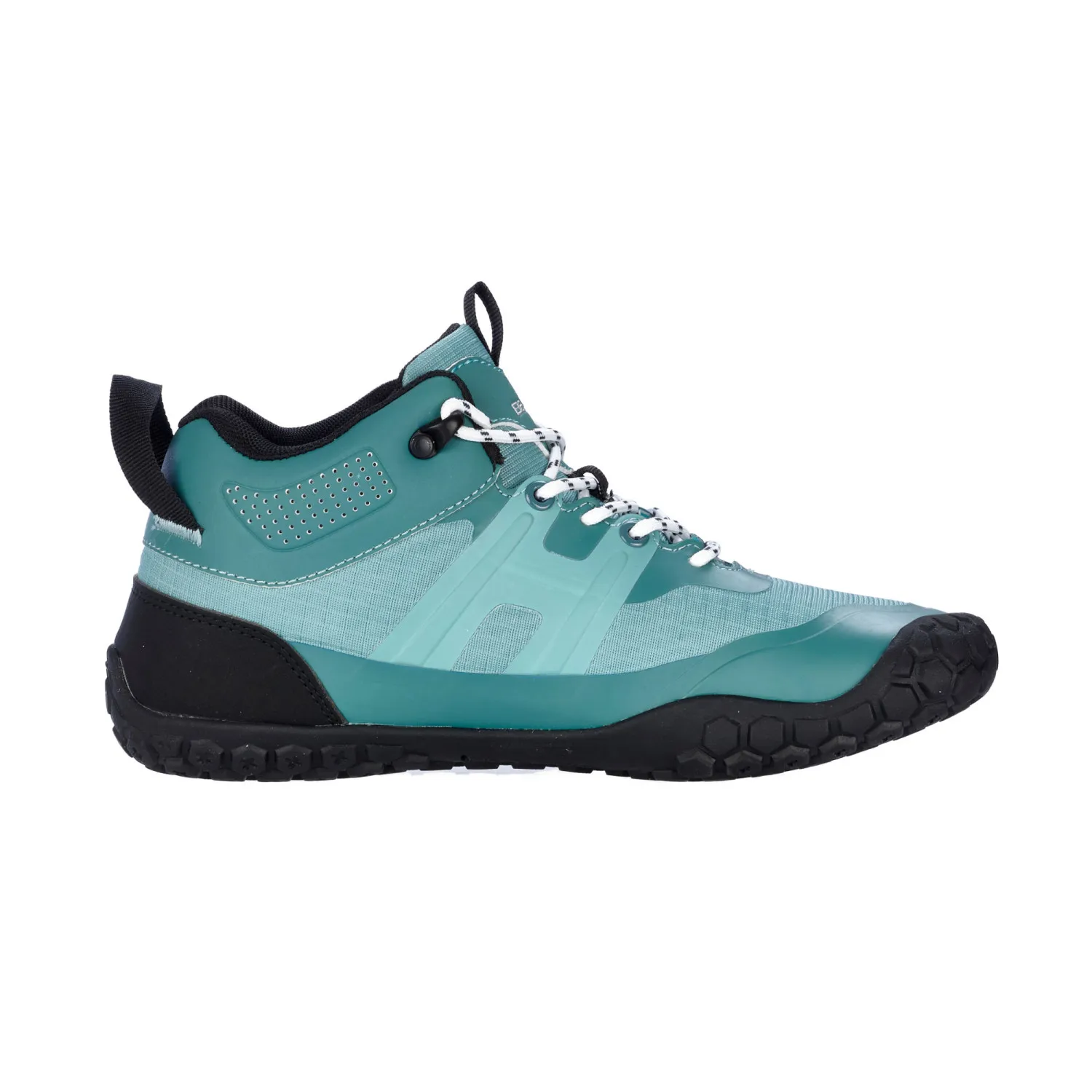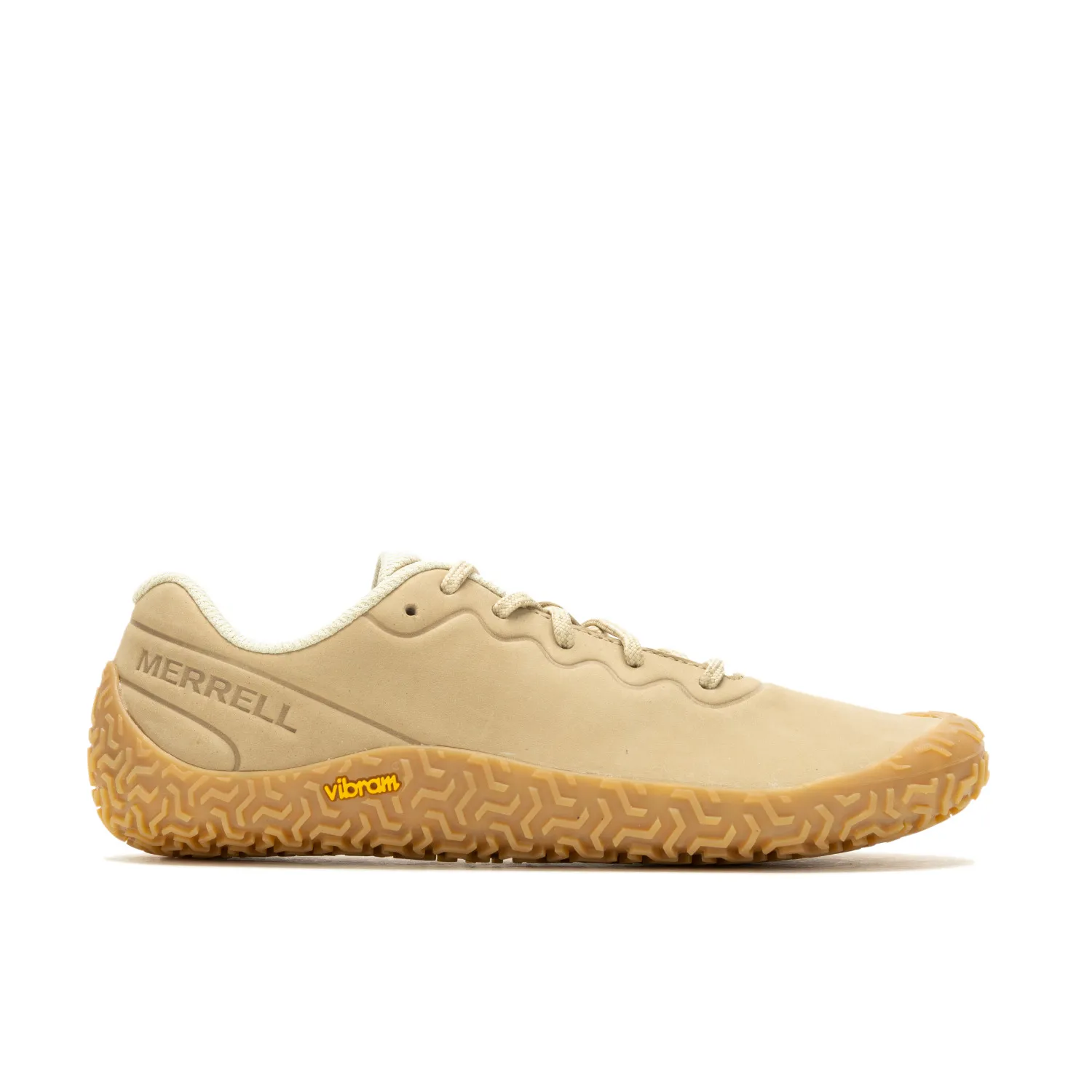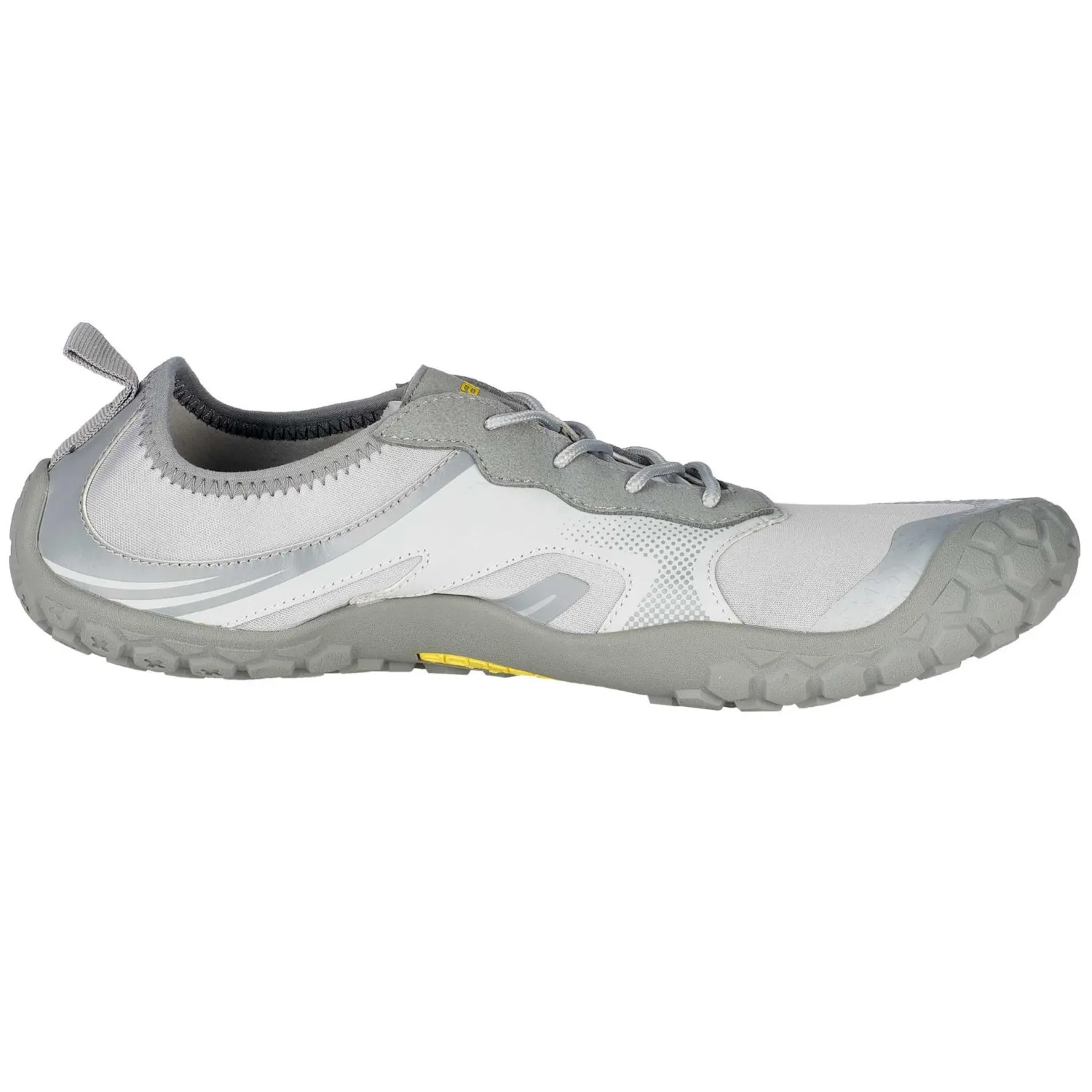Barefoot shoes
What are barefoot shoes?
With their wafer-thin soles and low weight, barefoot shoes adapt perfectly to the human foot. They are designed to enable a barefoot gait . With the advantage that the feet are protected from stones, dirt and broken pieces - unlike when walking barefoot.
How healthy are barefoot shoes?
Walking barefoot is the most natural way for humans to walk - and, according to experts, also the healthiest. This is because it is part of our nature - for millions of years we have travelled without shoes. Our feet have to constantly adapt to the ground. In addition to bones and tendons, our feet consist of many small muscles and receptors. These can sense the ground and directly compensate for movements. Shoes hinder this mechanism and prevent natural rolling. So when we wear shoes, our muscles are hardly exercised at all. As a result, our ligaments and tendons degenerate. It is not for nothing that many people today struggle with orthopaedic problems such as bowed, flat or splayed feet.
Barefoot shoes and socks?
Can I wear barefoot shoes with socks? - Basically, the thicker the socks, the less the barefoot feeling. Even if socks are only a few millimetres thick, the soles of barefoot shoes are usually only 2-3 millimetres thick. For hygienic reasons, however, it makes sense to wear socks. If you don't wear socks, the barefoot shoes have to be washed much more frequently, which of course puts more strain on the material and therefore reduces the lifespan of the barefoot shoes.
Barefoot shoes for beginners
Beginners should be careful when starting to walk in barefoot shoes. Muscles, tendons and joints first have to get used to the new strain. To get started, first run short distances in your free time in your barefoot shoes - you should only switch to barefoot shoes completely after a few months. Depending on the fitness of your muscles and joints, you can expect a period of at least 3 to 9 months. For beginners, it can also be helpful to start with a sole that is 6 to 10 mm thick and then switch to a barefoot shoe with a sole that is 2 - 3 millimetres thick after a while.
Barefoot shoes for every occasion
Barefoot shoes are not just for summer and good weather. You can also wear barefoot shoes in cold and wet conditions without any problems:
Wear barefoot shoes in winter too? - Shoes for all weathers
You can also wear barefoot shoes in winter and in the rain. There are even special barefoot shoes that are waterproof. So you don't have to miss out on the barefoot feeling even in colder temperatures. In fact, cold feet are not a big problem with barefoot shoes, because the fact that your feet are better supplied with blood in barefoot shoes means that they don't get cold as quickly.
Barefoot shoes for hiking and trekking
Are barefoot shoes suitable for hiking? - Yes, of course! There are also special barefoot shoes for hiking, which often have a high shaft. In principle, the thin sole of barefoot shoes can be an advantage when hiking: the foot can feel unevenness in the ground better and react accordingly. However, if you have not yet had any experience with barefoot shoes, you should make the switch to barefoot shoes slowly and carefully . Ligaments, muscles and joints are exposed to significantly higher loads with barefoot hiking shoes. Therefore, long hiking tours with barefoot shoes are not suitable for barefoot beginners.
Washing barefoot shoes?
Especially if you wear your barefoot shoes without socks, they will need to be washed at some point. Otherwise they will quickly develop an odour. Most barefoot shoes can be washed in the washing machine at 30 or 40 degrees without any problems. It is best to make sure that the shoes are not spun too hard, do not put them in the tumble dryer and do not use fabric softener. To be on the safe side, however, follow the individual washing instructions for your barefoot shoes.
Rules for washing barefoot shoes in the washing machine:
- Only wash at low temperatures (maximum 40°C)
- Do not put in the tumble dryer
- Do not use fabric softener
- Do not use a spin cycle
Alternatively, you can of course wash the shoes by hand. After washing your barefoot shoes, it is particularly important that they dry well. The easiest way to do this is to simply place them in the sun.
Frequently asked questions about barefoot shoes
What are barefoot shoes?
With their wafer-thin soles and low weight, barefoot shoes adapt perfectly to the human foot. They are designed to enable a barefoot gait. With the advantage that the feet are protected from stones, dirt and broken pieces - unlike when walking barefoot.
How healthy are barefoot shoes?
Walking barefoot is the most natural way for humans to walk - and, according to experts, also the healthiest. This is because it is part of our nature - for millions of years we have travelled without shoes. Our feet have to constantly adapt to the ground. In addition to bones and tendons, our feet consist of many small muscles and receptors. These can sense the ground and directly compensate for movements. Shoes hinder this mechanism and prevent natural rolling. So when we wear shoes, our muscles are hardly exercised at all. As a result, our ligaments and tendons degenerate. It is not for nothing that many people today struggle with orthopaedic problems such as bowed, flat or splayed feet.
Can I wear socks in barefoot shoes?
Basically, the thicker the socks, the less the barefoot feeling. Even if socks are only a few millimetres thick, the soles of barefoot shoes are usually only 2-3 millimetres thick. For hygienic reasons, however, it makes sense to wear socks. If you don't wear socks, the barefoot shoes have to be washed much more frequently, which of course puts more strain on the material and therefore reduces the lifespan of the barefoot shoes.
What do beginners need to consider with barefoot shoes?
Beginners should be careful when starting to walk in barefoot shoes. Muscles, tendons and joints first have to get used to the new strain. To get started, first run short distances in your free time in your barefoot shoes - you should only switch to barefoot shoes completely after a few months. Depending on the fitness of your muscles and joints, you can expect a period of at least 3 to 9 months. For beginners, it can also be helpful to start with a sole that is 6 to 10 mm thick and then switch to a barefoot shoe with a sole that is 2 - 3 millimetres thick after a while.



























